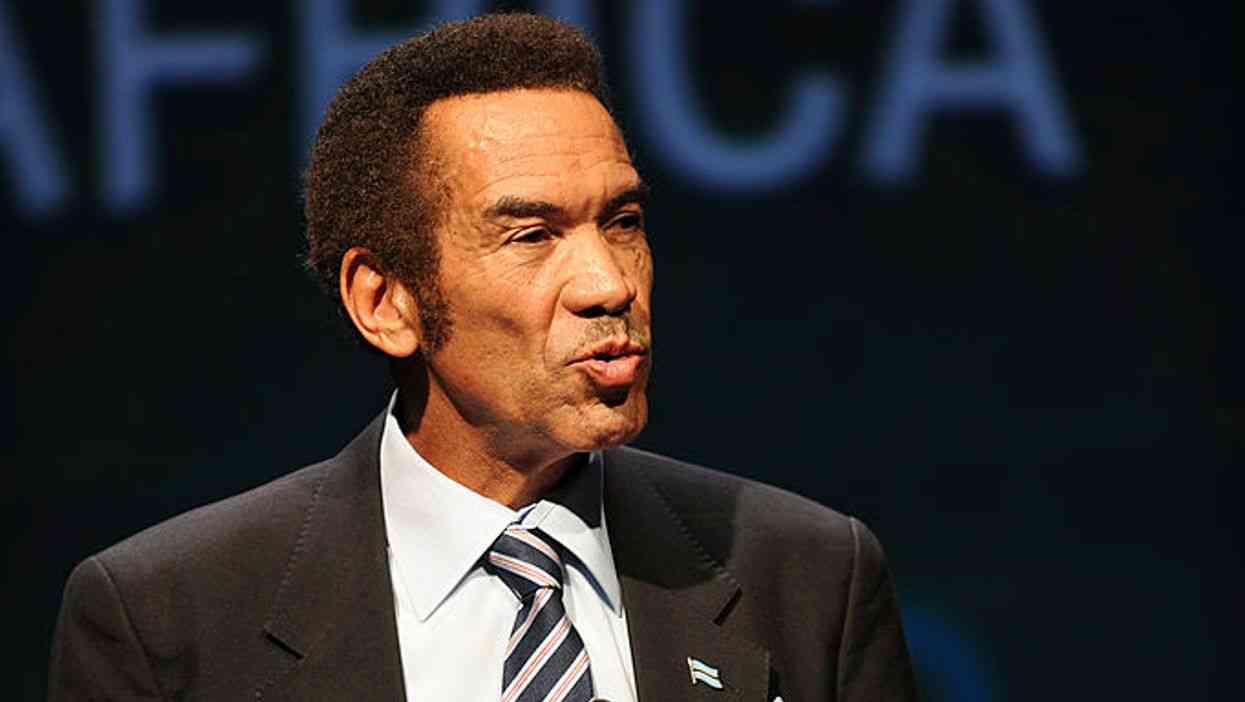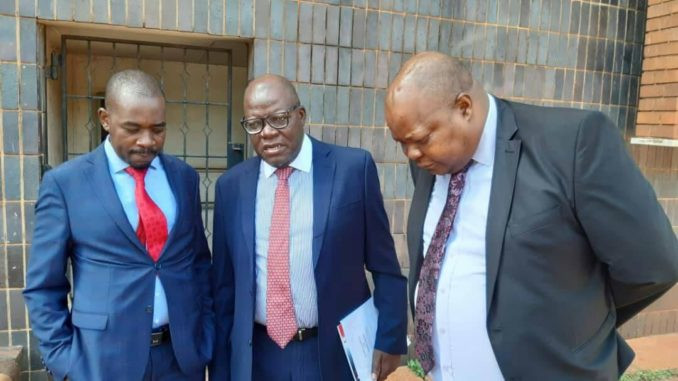
BY OWN CORRESPONDENT
In relations between Washington and Moscow, a new spiral of tension is unwinding, which may adversely affect the entire system of international security and undermine faith in international treaties.
Last October United States President Donald Trump announced that Washington would withdraw from the Treaty on Intermediate-Range Nuclear Forces (INF), since Moscow does not comply with its obligations.
At the same time, the American side, as usual, did not provide evidence that Russia violated the treaty.
Later US secretary of state Mike Pompeo gave Moscow two months to “return to fulfillment” of the terms of the agreement.
In particular, Washington insists that Russia must abandon the SSC-8 missile for Iskander-M launcher, the range of which, according to Washington, violates the provisions of the INF.
In Moscow these accusations were called unfounded, with the government stressing that the SSC-8 rocket was not developed or tested for a distance exceeding the established limit.
At the end of January the US notified Russia that their decision to withdraw from the Treaty on Intermediate-Range Nuclear Forces was final.
- Chamisa under fire over US$120K donation
- Mavhunga puts DeMbare into Chibuku quarterfinals
- Pension funds bet on Cabora Bassa oilfields
- Councils defy govt fire tender directive
Keep Reading
The Kremlin has also been given a clear explanation that the announced move is not an invitation to a dialogue, and the decision is final.
But Moscow claims that it did not violate the INF and it considers that the US arguments on the withdrawal of the agreement are fabricated by the American administration.
According to the statement of the Russian Foreign ministry “Moscow is ready to go for unprecedented transparency on the implementation of the treaty and suggested that Washington should also act transparently”.
“Moscow also is convinced that only constructive actions of the parties would have opened the way to preserve the treaty, which, without exaggeration, the entire world community is waiting from Russia and the United States,” the government said.
“Moscow is ready to work on maintaining the INF Treaty. Now the choice is for the USA”.
In this case, in order to demonstrate the openness of their intentions, the Russian side organised a demonstration and briefing on the missile SSC-8 and its launcher.
On January 23 the Russsian Defense ministry for the first time demonstrated to foreign military attaches a rocket SSC -8 and a launcher installation, which the US said was the reason for their withdrawal from the INF Treaty.
However, the invited military representatives of the US, UK, France, Germany, the EU and Nato didn’t attend the briefing on the missile.
During the missile presentation, the ministry also revealed specifications of the SSC-8 rocket, which have caused such great concern in the US, because Washington claims that Moscow tested the SSC-8 in ranges that violate the treaty.
The missile has a minimum firing range of 50 km and maximum range of 480 km, which doesn’t violate the INF Treaty. (the INF Treaty, signed by the Soviet Union and the US in 1987, provides for the destruction of all nuclear-armed ground-launched ballistic and cruise missiles with ranges between 500 and 5,000 km).
Its warhead and guidance system has been upgraded by comparison with previous modifications of the rocket SSC-7 for Iskander -M launcher.
More of that, the warhead’s modifications led to an increase in its weight and thus a drop in the range of SSC-8 missile by 10 km by comparison with rocket SSC-7. With this the missile’s engine, the fuel tank, and the booster remain unchanged.
Wherein the previous version of the SSC-7 and the new SSC-8 were equipped with a warhead and fueled only in factory conditions.
The mass of fuel at the same time provides the maximum constructive range of flight limited by the requirements of the INF treaty.
The missiles are delivered to the military units in special containers.
Changing the mass of fuel and refueling the missiles in the military conditions are impossible. The troops only store them and do the maintenance work.
Therefore, an increase in the flight range of a rocket by more than 480 km is not technically possible.
Despite Moscow’s openness to dialogue, Washington continues to argue that Russia has violated the INF by testing the SSC-8 missile in ranges prohibited by the treaty.
Washington announced that it would start the withdrawal process from the treaty in February, saying that Moscow had failed to provide proof that it stopped the alleged violations.
At the same time, 15 years ago the US unilaterally curtailed the work of the special Control Commission for the Treaty, stating the reluctance to continue the discussion concerns already existing in Russia regarding the American compliance with the Treaty.
Then the talk was about the production and testing by the American side of drone vehicles that fell within the definition of a ground-based cruise missile contained in the INF treaty, as well as the Pentagon’s use of target missiles in violation of the Treaty in terms of characteristics of ground -based medium-range and shorter-range missiles.
In the case of attack drones, it was already obvious that the US had made an unjustified attempt to withdraw this type of weapons from the scope of the Treaty, which were capable of solving tasks comparable to the systems previously imposed by the INF Treaty.
On the target missiles, there are all reasons to believe that under the guise of anti-missile tests, the technological potential of ground-based ballistic missiles of medium and lower ranges, that are prohibited by the treaty, are being developed.










